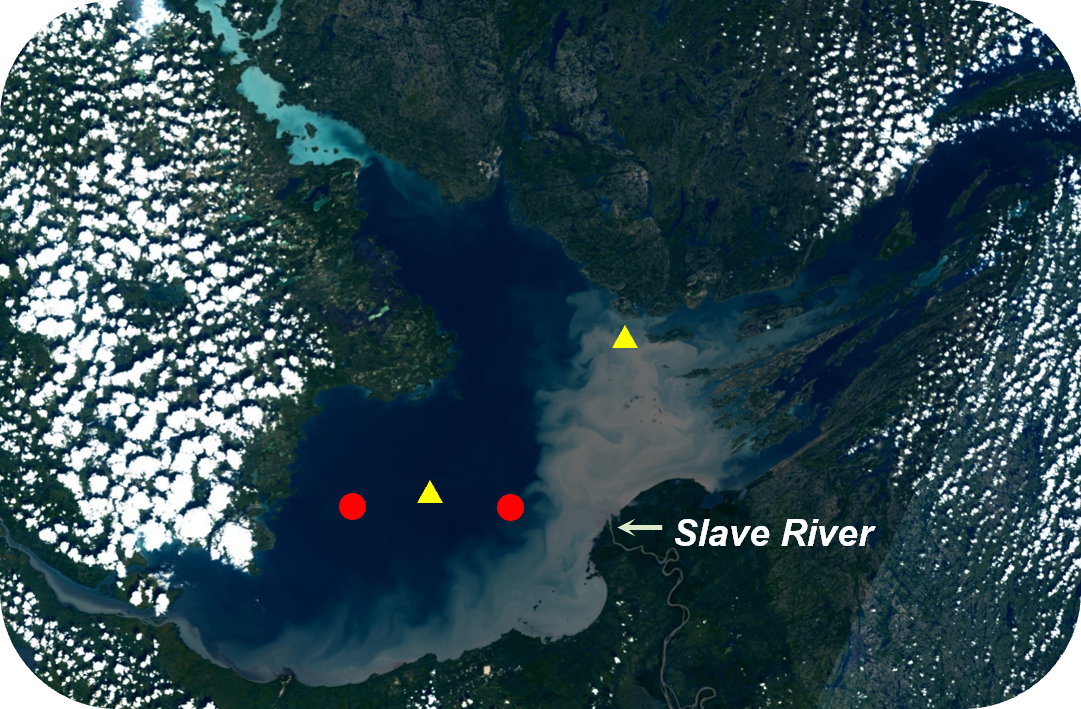|
Summary: Archives of past ecosystem change preserved in lake sediment records covering the past ~200 years reveal that 21st century warming has triggered a shift in algal community composition in one of the world’s largest and deepest lakes, Great Slave Lake, in Subarctic Canada. Changes at the base of food chain are a clear sign that this iconic “Northern Great Lake” has entered a new ecological regime in response to accelerated climate change, with unknown ramifications for fisheries and aquatic ecosystem functioning that First Nations, Métis, and other northern communities rely on. Kingston, ON – Accelerated 21st century warming has resulted in striking ecological changes in subarctic Great Slave Lake, one of the world’s largest and North America’s deepest lake, according to new research published in the Proceedings of the Royal Society B by scientists from Queen’s University and Environment and Climate Change Canada (ECCC). Due to the lack of direct monitoring data, the research team used information preserved in lake sediment cores as an archive of past ecosystems changes. They showed that a rapid restructuring of algal communities has occurred, clearly linked to declining lake ice cover and other climate-related changes, which were unparalleled over at least the past ~200 years. “Such a pronounced change at the base of the food chain is a clear indication that this ‘northern Great Lake’ is entering a new ecological regime” states Dr. Kathleen Rühland, lead author and a senior research scientist at Queen’s University’s Paleoecological Environmental Assessment and Research Lab (PEARL). “These microscopic algae are fundamental to lake ecosystem functioning and these big shifts are a sure sign that the entire lake is changing and changing fast.” Arctic temperatures have risen by as much as four times the global average over recent decades, with a notable acceleration since the beginning of the 21st century. “Our previous work has shown that recent warming has resulted in shorter ice cover periods and other predictable changes in many small and medium-sized lakes throughout the Arctic, with important ecological repercussions” says co-author Professor John P. Smol, a Distinguished University Professor and co-director of PEARL. “However, very large, deep and (until recently) extensively ice-covered lakes were still partly sheltered from recent warming, but we are now crossing new ecological thresholds even in these iconic ‘northern Great Lakes’”. There are very limited data on northern lakes, and much of what is currently known about Great Slave Lake can be attributed to detailed studies by the late D.S. Rawson (University of Saskatchewan) and his colleagues during the 1940s and 1950s. These and other historical lake surveys allowed the researchers to “ground-truth” their paleolimnological (lake sediment) findings. One of the notable findings of the current study was how rapidly changes have occurred, crossing important ecological thresholds. For example, over the last two decades, small-celled planktonic diatom algae, which were not reported in previous surveys, have increased rapidly, replacing the long-established dominance of large chain-forming diatoms. Great Slave Lake also supports the largest commercial, recreational, and Indigenous freshwater fishery in the Northwest Territories, with approximately 60% of the territory’s population living near the shorelines of the lake. “Changes in the abundance and composition of algae will undoubtedly have cascading effects with unknown consequences for aquatic ecosystem functioning and fish populations that First Nations, Métis and other northern communities rely on” says co-author Dr. Marlene Evans, Research Scientist with the Watershed, Hydrology and Ecology Research Division, ECCC, and based in Saskatoon. She further notes that these findings, combined with unknowns regarding the influence of the Slave River on Great Slave Lake, points to the need for expanded research and monitoring of this highly valued ecosystem. “Great Slave Lake has now entered a new ecological state with unknown long-term consequences”, concludes Dr. Rühland. For high resolution images related to this paper, click Here. Contact Information for Authors:Kathleen Rühland Paleoecological Environmental Assessment and Research Lab (PEARL), Department of Biology, Queen's University, Kingston, ON, Canada ruhlandk@queensu.ca Marlene Evans Environment and Climate Change Canada 11 Innovation Boulevard, Saskatoon, SK, S7N 3H5, Canada marlene.evans@ec.gc.ca John P. Smol Paleoecological Environmental Assessment and Research Lab (PEARL), Department of Biology, Queen's University, Kingston, ON, Canada smolj@queensu.ca |
 Image of Great Slave Lake (Sentinel-3-OLCI Sensor imagery) taken on August 2, 2022, showing coring locations in the West Basin (Credit: European Space Agency, Sentinel Hub). |
|
Archives of past ecosystem change preserved in lake sediment records covering the past ~200 years reveal that 21st century warming has triggered a shift in algal community composition in one of the world’s largest and deepest lakes, Great Slave Lake, in Subarctic Canada. Changes at the base of food chain are a clear sign that this iconic “Northern Great Lake” has entered a new ecological regime in response to accelerated climate change, with unknown ramifications for fisheries and aquatic ecosystem functioning that First Nations, Métis, and other northern communities rely on. |
|
|
|
To request a PDF of the original artical, email John Smol |
Media coverage for this article:
CBC North (television) at the 10:34 mark,

|